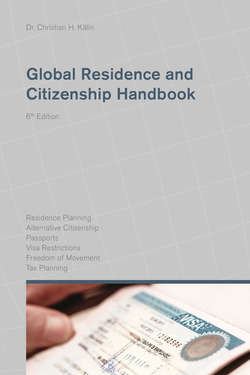Читать книгу Global Residence and Citizenship Handbook - Christian H. Kälin - Страница 61
На сайте Литреса книга снята с продажи.
4.2Measuring the Images of Nations
ОглавлениеI launched the Anholt Nation Brands IndexSM in 2005 as a way to measure the image and reputation of the world’s nations, to track their profiles as they rise or fall, and, if possible, to link these changes to the country’s performance in attracting foreign investment, significant individuals, tourism, major events and skilled workers or students, to its success in promoting exports, culture and ideas, and to its profile in the international media.
The study was originally carried out every three months and measured the images of between 10 and 30 countries. Since 2008, in partnership with GfK Roper Public Affairs & Media in New York City, the survey – now known as the Anholt-GfK Roper Nation Brands IndexSM – takes place annually and has been expanded to measure the image of 50 nations. Each NBISM survey is conducted in Argentina, Australia, Brazil, Canada, China, Egypt, France, Germany, India, Italy, Japan, Mexico, Poland, Russia, South Africa, South Korea, Sweden, Turkey, the UK and the US. Around 20,939 interviews are conducted with approximately 1,050 interviews per country. Using the most up-to-date online population parameters, the achieved sample in each country has been weighted to reflect key demographic characteristics such as age, gender, and education of the online population in that country. In all, the sample used for the NBISM represents approximately 60% of the world’s population and 77% of global GDP.
The Anholt-GfK Roper Nation Brands IndexSM measures the power and appeal of each country’s brand image by examining six dimensions of perceived national competence. Together, these dimensions make up the Nation Brand Hexagon®. The ‘points of the hexagon’ are the following:
Exports. This is what marketers call the ‘country of origin effect’ whether knowing where the product is made increases or decreases people’s likelihood of purchasing it, and whether a country has particular strengths in science and technology, and has creative energy. Perceived associations with particular industries round out that country’s image in this space.
Governance. This aspect incorporates perceived competency and honesty of government, respect for citizens’ rights and fair treatment, as well as global behavior in the areas of international peace and security, environmental protection, and world poverty reduction. Respondents also select one adjective that best describes the government in each country.
